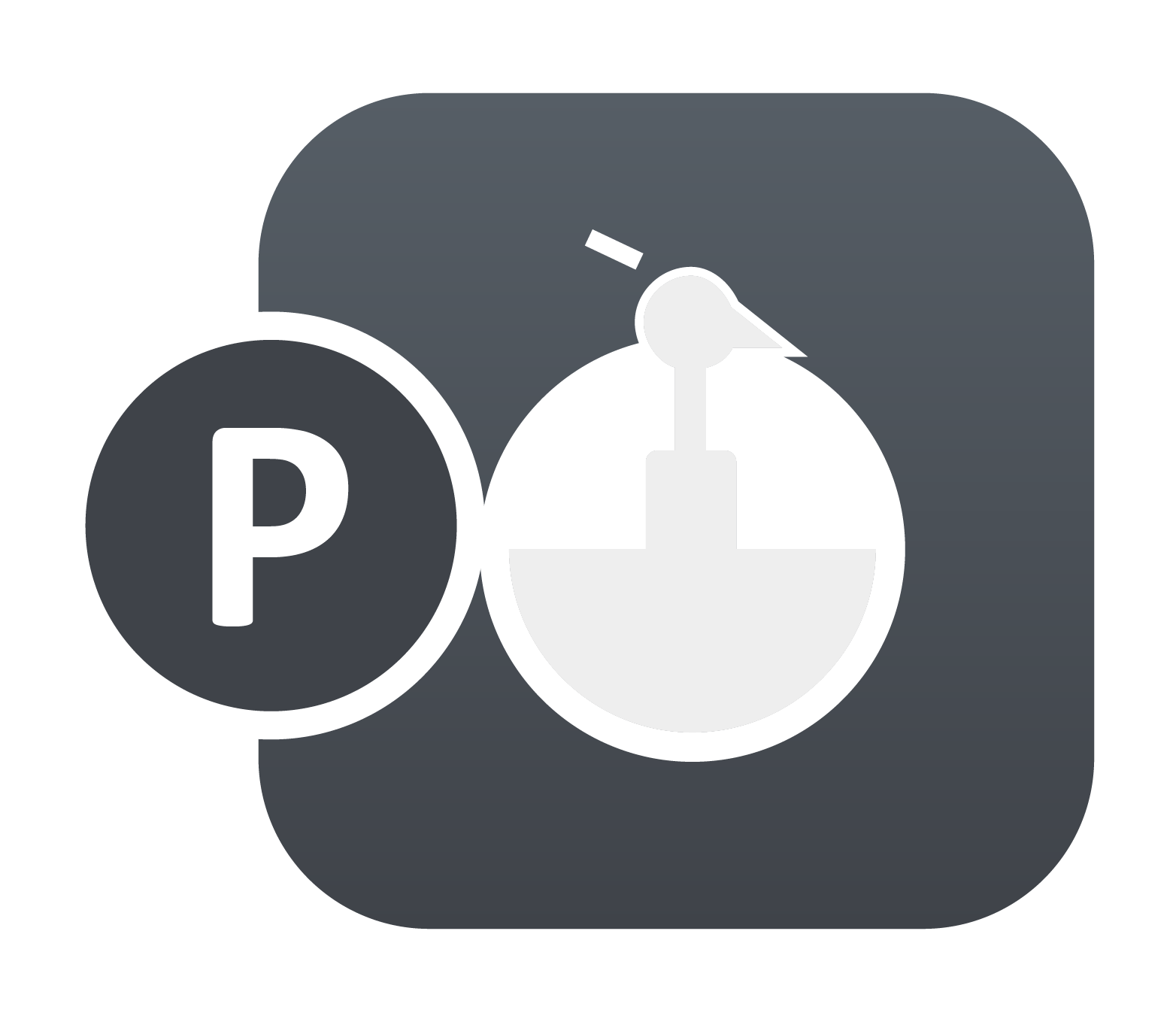Time Integration, Characteristic Length, and Mass Scaling
A short presentation on the Explicit and Implicit time integration schemes which I use in my advanced LS-DYNA class is included here. Its a evolving document but the latest version is available for download. Time Integration (PDF, 346 Kb) Note: Fixed the corrupted PDF file. Sorry for the inconvenience.












